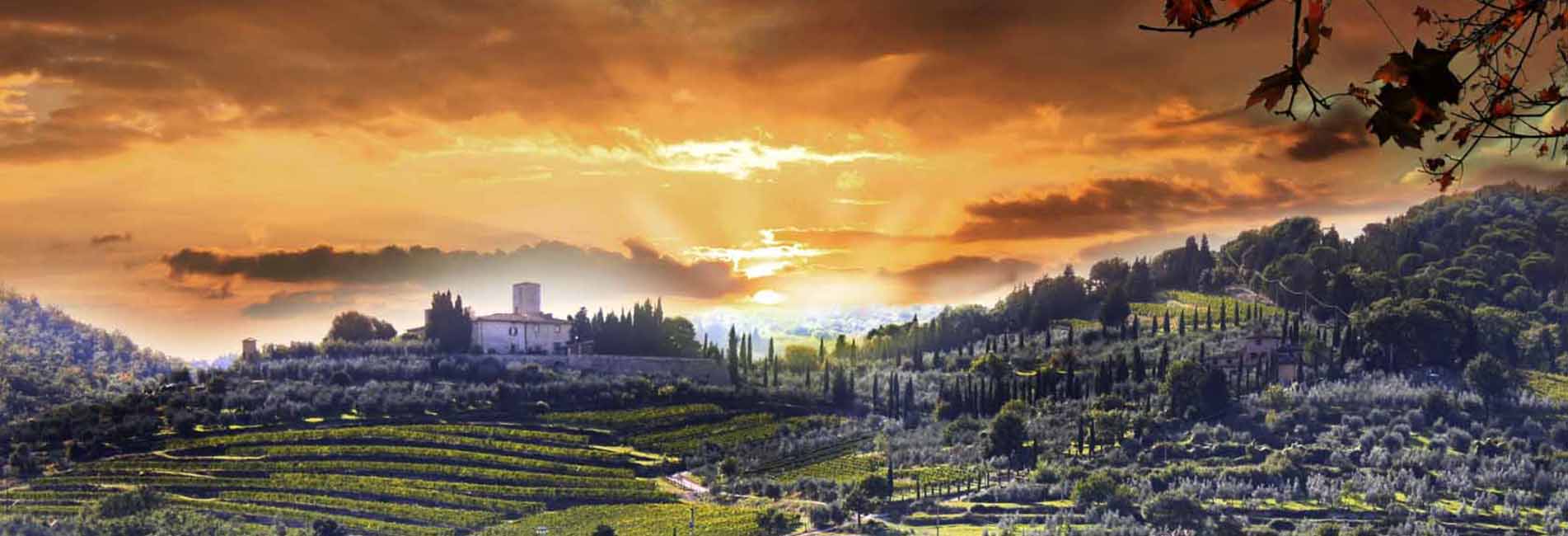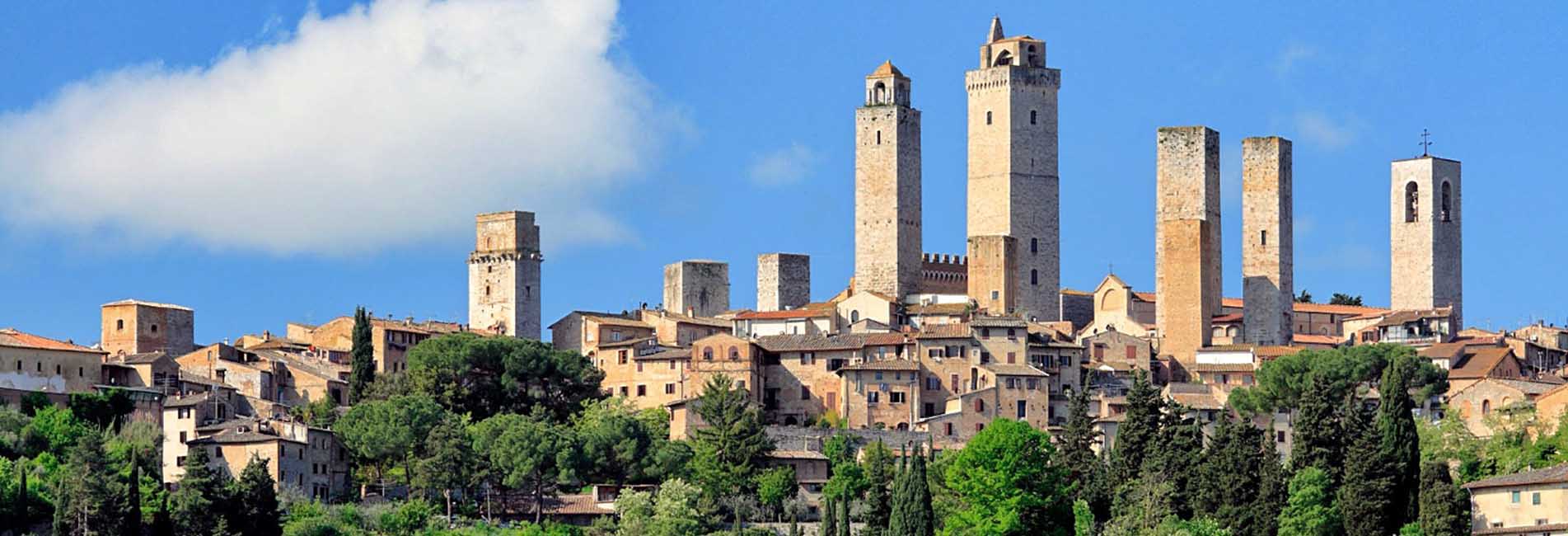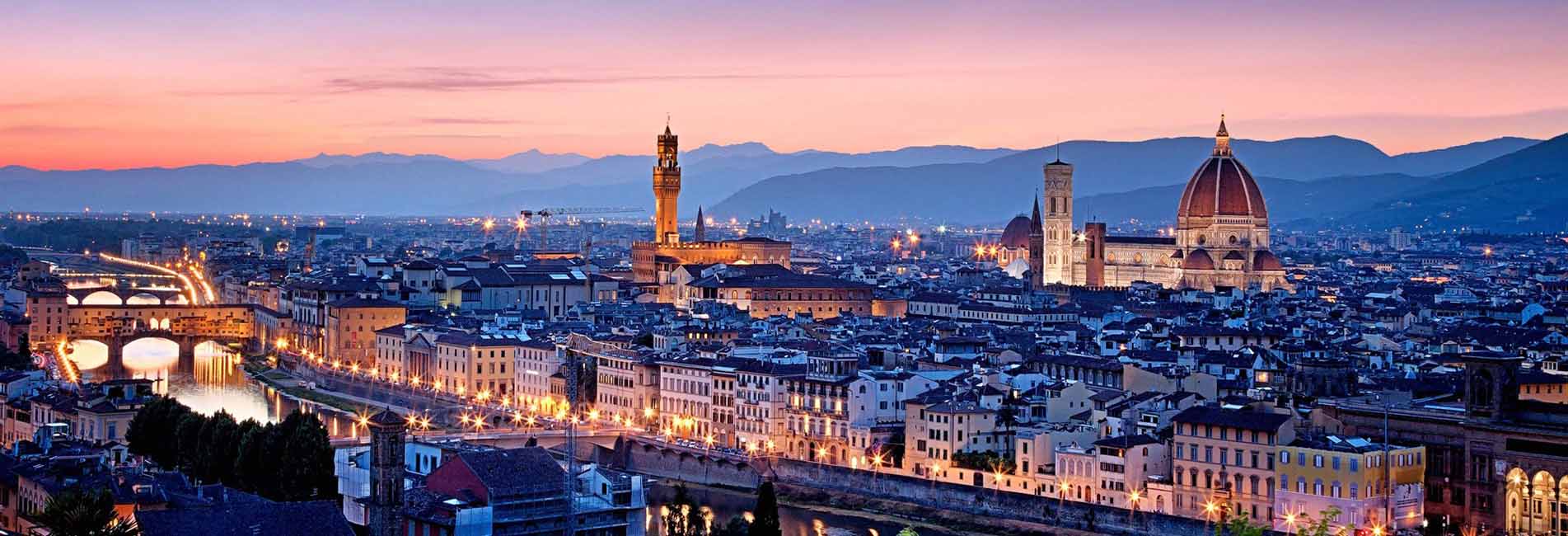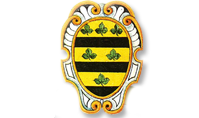Florence
THE BASILICA OF SANTA MARIA NOVELLA
The Basilica of Santa Maria Novella is one of the most important churches in Florence which is situated in the square of the same name (close to the railway station). Built between 1279 and 1357 by the Dominican friars, architecturally it is one of the most important churches in the Gothic style in Tuscany. The exterior is the work of Fra’ JacopoTalenti and Leon Battista Alberti. The interior contains extraordinary masterpieces, including the Trinità di Masaccio, the wall paintings by Ghirlandaio in the Tornabuoni Cappella and the Crocifisso by Giotto. At a short distance, in Via della Scala, there is the Officina ProfumoFarmaceutica of Santa Maria Novella which is part of the convent structure of Santa Maria Novella. Today this historical pharmacy is considered to be the oldest historical pharmacy in all of Europe, it has been active continuously for almost four centuries, as well as being one of the oldest commercial businesses overall.
PIAZZA DUOMO
Piazza del Duomo is the very heart of Florence, here pride of place goes to the magnificent Duomo also called Cathedral of Santa Maria del Fiore, with the famous cupola by Brunelleschi with the bronze door Porta Del Paradiso and the Bell Tower by Giotto, from where there is an incredible view of the city. If you have enough time, it is worth your while to visit them all. If not, you can choose to see the interior of the Cathedral and the Cupola, and limit yourselves to seeing the other monuments from the outside.
PIAZZA DELLA SIGNORIA
Piazza dellaSignoria has been at the centre of political life in Florence for centuries. Here you find the imposing Palazzo Vecchiothat is the present location of the town council and alsoa museum. Facing Palazzo Vecchio, on its right you can see the fascinating Loggia deiLanzi, where some famous statues are located, such as the Perseo by Benvenuto Cellini. In front of the Palazzo you can see the Fontana del Nettuno by Ammannati and the equestrian monument by Cosimo 1 del Giambologna.
GALLERIA DEGLI UFFIZI
At a few short steps from Palazzo Vecchio you will find the Galleria degli Uffizi, one of the most well-known and visited world museums, famous for its vast collection of Renaissance works, such as the Allegoriadella Primavera and the Nascita di Venere by Botticelli or thaAnnunciazione by Leonardo da Vinci, to name just three the most famous masterpieces. If you intend to visit the Uffizi, especially if your time is limited, we absolutely advise you to book your tickets to the museum in advance, thus avoiding the long queues at the entrance.
PONTE VECCHIO
Built near a crossing dating back to Roman times, the Ponte Vecchio was the only bridge in Florence that crossed the Arnotill 1218. During the second world war German troupes destroyed all the bridges of Florence except this one. Above the little goldsmith shops on the left side of the Ponte Vecchiothere is the beautiful CorridoioVasariano. This corridoiowas built in 1565 by Giorgio Vasari, it passes just above the butcher shops that were on the Ponte Vecchio at that time and was commissioned by the Medici to permit them to move from Palazzo Vecchio to Palazzo Pitti without having to cross the streets of Florence, in all safety.In any case the Medici were probably disturbed by the noises of the butcher shops so that in 1593 they had them moved, substituting them with the more “decorous” goldsmith shops.
PALAZZO PITTI AND THE BOBOLI GARDENS
The Pitti family commissioned PALAZZO PITTI and the construction of the palace began in 1457 following a design by Filippo Brunelleschi and carried out by his apprentice Luca Fancelli. In 1549, the palace was sold to the Medici, becoming the residence of the Granduke’sfamily.
Today, Palazzo Pitti is home to some of the most important museums in Florence.
On the first floor there is the Galleria Palatina with a vast collection of paintings from the sixteenth and seventeenth centuries, and the Royal Apartments which contain antique furniture dating back to the X1X century.
On the ground floor and mezzanine floor there is the Silver Museum, which houses the vast collection of precious objects belonging to the Medici.
On the top floor there is the Gallery of Modern Arts that hosts a wonderful collection of paintings by Tuscan artists of the nineteenth and twentieth centuries.
In the Palazzina del Cavaliere , detached from the palace and immersed in the Boboli gardens, there is the MuseodellePorcellane, while the PalazzinadellaMeridiana is home to the Galleria del Costume, which contains clothes and fashion items that recount the history of the past years. The Boboli gardens are a real open air museum which embrace Palazzo Pitti. They also host ancient species of holly oaks, sculptures, fountains and weather shelters for all the seasons, from the humid summer days to the beautiful Autumncolours and the fragrances of spring. Boboli is a magical interweaving of “ green architecture” decorated with sculptures. This model was the original prototype that inspired many of the royal gardens in Europe, in particular Versailles. Both the Medici and the Lorena family continued to progressively enrich the collection of statues and the size of the Garden up until the eighteenth century, creating a scenario to exhibit both ancient Roman and Renaissance statues. Along the walks through the avenues of Boboli you will find some areas of major interest: the Amphitheatre, the Viottolone, the Prato del Cavaliere, the green tower of the Koffeehouse and the Grotta Grande.
PIAZZALE MICHELANGELO
PIAZZALE MICHELANGELO was designed in 1869 by the Florentine architect Giuseppe Poggio and offers a beautiful panoramic view of Florence and the Arno. It is definitely an obligatory stop for tourists and Florentines. MrPoggio built it as a monument to celebrateMichelangelo as well as to create a loggia in neoclassical style which was intended to host a museum of the artist’s works, but the building never became a museum and today it is a famous panoramic restaurant. In the middle of the Piazzale you can admire a copy of the Davide of Michelangelo (the orinal one is a must that you have to watch at the Accademia Museum).
During thedaythe piazzale is crowded with tourists and stalls. You can sit and drink a cup of coffee at the café that you will find at a couple of steps from the Piazzale, or you can simply admire the most breathtaking view of Florence that you could ever imagine. A part of the Piazzale is given over to a carpark but you can also reach it by the number 12 and 13 buses that leave from the city centre or by the double decked buses that tour the city. You can also go there on foot by following the many steps that start from Palazzo Poggio, directly underneath Piazzale Michelangelo.
THE GARDENS OF FLORENCE
Take a break from visiting museums and enjoy some time in the open air by visiting the beautiful gardens that jealously guard the city. Not to be missed is the Rose Garden located on the left sidebelow Piazzale Michelangelo. The best time to visit is between May and June, when the more than 350 varieties of roses and more than 200 varieties of Iris are in bloom, but there are also many other plants, such as lemon trees and a Japanese garden (donated to Florence in 1998 by its twin city Kyoto, the Japanese oasis Shorai). These insure that the gardens are pleasant and charming to visit all year long. Besides this, as an added incentive, there are 12 lovely sculptures by the Belgian architect Jean-Michel Folon, donated by his widow and inserted into the garden in 2011 and the Giardino dell’ Iris located at the top of the hill right next to Piazzale Michelangelo. From here you can see Florence from a privileged and exclusive position while at the same time enjoying the inebriating scent of the flower more commonly known as lily. This flower is also the symbol of the city of Florence.
The GiardinoBardiniis situated at just a few steps from Ponte Vecchio. This hidden corner in the centre of Florence, peaceful and quiet, is a good place to stop and take a rest while breathing in an atmosphere of peace and of scent of the roses, where you can enjoy the view of Florence, sip a cappuccino or eat an ice cream at the cafè while admiring the timeless beauty of the historical buildings and the villas of the cradle of the renaissance.
SANTA CROCE
Santa Croce was rebuilt by order of the Franciscans in 1294 by Arnolfo di Cambio and it is also called the Tempiodell’italeGloriebecause of its numerous tombs of illustrious Florentines and Tuscans. Here Michelangelo, Rossini, Macchiavelli and Galileo Galilei are buried. Galileo Galilei was not allowed a Christian burial until 1737, (95 years after his death) by order of the Inquisition. There is also a tomb monument to Dante but it is empty. Not to be missed is the Cenacolo by one of Giotto’s best apprentices, Taddeo Gaddì, who dedicated 30years to the creation of the decorations in the refectory of Santa Croce. Badly damaged by the flood in 1966, thanks to careful restoration techniques it was possible to save this precious thirteenth century treasure and relocate it on the original wall. In the month of June the square adjacent to the Basilica is completely decorated for the CalcioStorico. Initiated in Florence in the sixteenth century, it is a combination of world football, rugby and wrestling, which today it is played (fought) in historical costumes. The four teams of the four historical areas of Florence compete one against each other, playing the two semi-finals and the final on the 24 of June, the day in which we celebrate the patron saint of the city, San Giovanni Battista. And what is the prize for the winning team? A calf!
SANTO SPIRITO:
Anyone wanting to get to know the truest and most picturesque Florence must go to the Oltrarno. By Oltrarno (or “Diladdarno”) Florentines mean all the area “ al di là dell’Arno” – the other side of the Arno- with respect to the Duomo. Here are the historical areas of Santo Spirito and San Frediano, where many Florentines still live, but which are also often chosen by foreigners for their genuine nature and vivacity. A little like a Florentine left bank, the Oltrarnois the meeting place par excellence for intellectuals, artists and bohemians. Here we find Piazza Santo Spirito: the site of merchants and fairs. The square is the meeting place of young people, artists and intellectuals, Italians and foreigners, especially in the evenings. In the square is located the elegant Basilica di Santo Spirito, designed by Filippo Brunelleschi. Not to be missed is the antique Cenacolo by Andrea Orcagna in the old refectory of the Augustinian convent annexed to the church of Santo Spirito.
Borgo Filicardo in short
16 apartments furnished with care respecting the Tuscan tradition and equipped with all modern comforts.


 italiano
italiano Francais
Francais English
English







 Borgo Filicardo is pleased to offer free WI-FI connection in all areas, in the open spaces of the Borgo, in the common areas and of course in the apartments!
Borgo Filicardo is pleased to offer free WI-FI connection in all areas, in the open spaces of the Borgo, in the common areas and of course in the apartments!